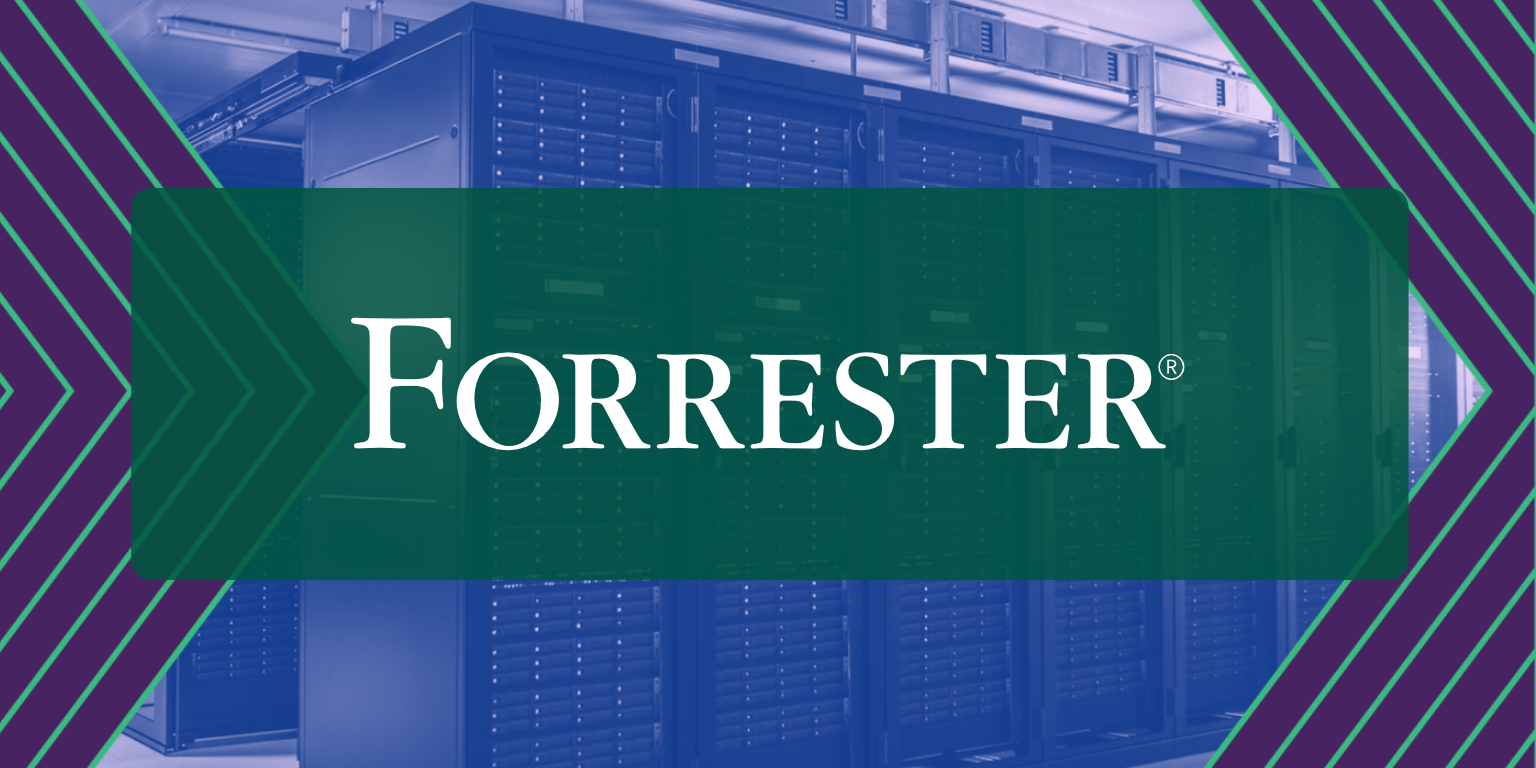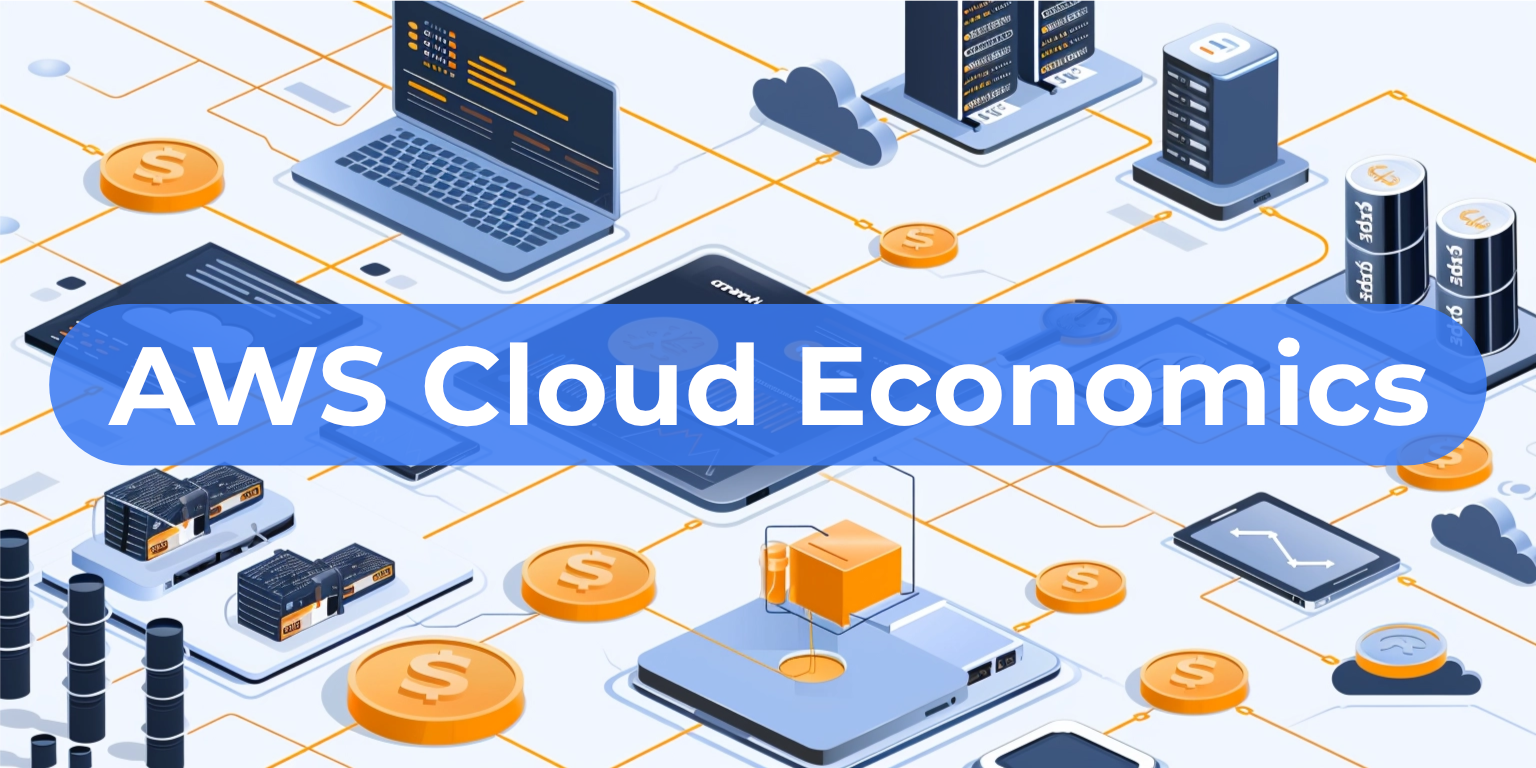Most people have experienced sticker shock at one time or another. Eyes tend to bulge when they scan down to the bottom line of an itemized hospital bill! Similarly, CIOs know that cloud-usage-bill shock is a very real thing. For organizations that migrate to the cloud for greater agility and the ability to innovate, there is a definite risk that at some point, they’ll encounter runaway spend, and the bottom line of their invoice is unexpectedly much higher than they anticipated.
Why It’s Hard to Control (or Even Predict) Cloud Costs
An inordinately large cloud usage bill typically can’t be chalked up to “hidden” costs in an agreement or uninformed managers. Unexpected costs are often related to the nature of the cloud itself. Cloud vendors offer thousands of services, options, and new releases each year – and the number is growing. Obviously, each product or service that you use adds to your total bill. Marry that with the fact that cloud services and options are easy to deploy, and you could be looking at a significantly larger-than-expected bill. Depending on your organizational structure and who signs off, members of your team could make changes to cloud usage, add applications, or enhance features without input from anyone responsible for IT purchasing.
Cloud solutions and services are also commonly consumed on a subscription or “as a Service” basis, allowing you to use them for a monthly fee. Some applications or services start on a trial or freemium basis, but apply charges after an introductory period. Also, not all cloud services are necessary all the time, such as using features in an app development environment. When the project is complete, however, it’s easy to forget to turn the service off so that you are no longer charged for it.
Larger-than-expected cloud usage bills may also result from not taking advantage of autoscaling to adjust usage to your needs. Or, you can trace back excessive charges to incorrectly configuring autoscaling. Inaccurate forecasting can lead to extra costs as well. When usage isn’t forecasted correctly, it forces your organization to purchase on-demand capacity, which is more expensive than the reserved capacity you arrange to pay for in advance.
These errors in managing cloud usage can significantly add up. Gartner reports that organizations that fail to notice these issues will overspend by as much as 50 percent through 2024. For most businesses, that’s too large of a number to overlook.
The first step organizations with uncontrolled cloud spend need to take is learning exactly where they’re spending their money. Organizations typically choose either tagging or intelligent monitoring to get to the root of the problem and then take steps to eliminate the waste.
Is Tagging Worth the Time & Effort?
One method of tracking cloud usage is adding metadata to resources, i.e., tagging, so you can track how they impact your cloud usage bill. You can assign tags based on the information you need to answer questions such as:
- How much does this project cost in the cloud?
- Are all of our cloud resources being used or optimized?
- What factors are driving higher costs?
You can also assign specific tags that indicate whether the costs can be traced back to a business unit, product or engineering team, the cost of goods sold (COGS) for each of your customers, or a particular application, system, or service.
A challenge with tagging is that the more complex your business and infrastructure are, the more involved and time-consuming tagging will be. Organizations can quickly become overwhelmed with the task of tagging – and tracking down untagged resources. The labor costs involved may even equal or exceed the excess cloud costs they’re working to eliminate.
To control the time and investment related to tagging, some businesses will focus on finding the answer to one question at a time, such as tagging and analyzing cloud usage only as it’s related to each customer. This method works for its narrow purpose, but in the meantime, the organization has no visibility into other cloud usage patterns and potential sources of overspending.
The Advantages of Intelligent Monitoring
If your goal is to manage tags for more than just a few instances, it’s wise to use a cloud management platform with intelligent monitoring. Upgrading from a system of tagging and tracking results in a spreadsheet to an intelligent, automated monitoring system provides:
- Continuous monitoring
- Real-time cloud usage spike detection
- Cost control recommendations
- Root-cause analysis
With intelligent monitoring, you aren’t approaching the problem with blinders on, tracking only one aspect of cloud usage. Intelligent monitoring gives you total visibility into how your business is using cloud products and services, as well as what each costs.
Furthermore, continuous, intelligent monitoring of your cloud usage can alert you to issues in real time. This enables you to address them before they turn into massive bill shock – it’s like doing the crime scene investigation and stopping the crime before it happens and, in this case, shows up on your bill. One Yotascale client was able to turn around cloud spend that would double or quadruple within a week. Their ability to identify these spikes as they occurred and quickly perform root cause analysis enabled them to save more than $360K in the first year.
Intelligent monitoring also factors in that you and your team are busy. Instead of reports that you need to take time to interpret, it boils down the cloud usage data it collects to provide you with recommendations for how to save money.
What Is Avoiding Unexpected Cloud Costs Worth to You?
No one wants to pay more than they need to for the cloud solutions and services they use. If managing cloud usage costs through manual tagging processes is taking your team away from higher-value activities, it may be time to get the insights you need with the help of AI.
As your organization, like many others, depends more on cloud infrastructure, solutions, and services, the chances of an unwanted surprise on your invoice will only increase.
Avoid cloud-bill-usage shock by building a strategy that will give you insights into cloud costs and then deploy a solution that will help you keep them under control.

